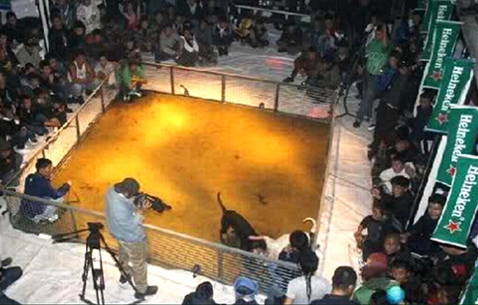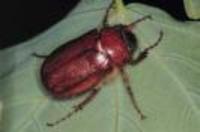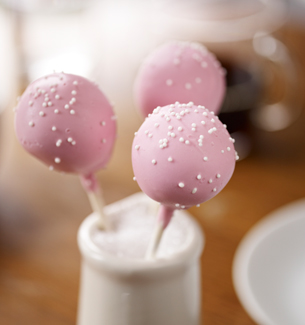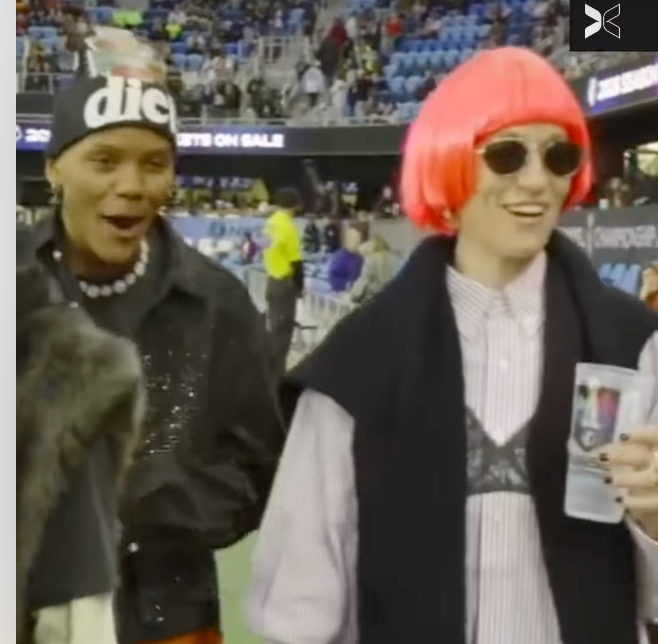There really must be days when brand managers, PR reps and marcomm folks just look around and decide to pull the covers back over their heads. For different but related reasons, no one could blame the branding and PR reps for Starbucks and Heineken for simply spending these last few days dreaming of a perfect world, where dogs don’t fight and no one puts any form of bug in anyone’s drink.
That’s right. Each of these brands is dealing with substantial consumer backlash around their stance toward other living creatures. One is claiming ignorance; the other is copping a plea and vowing to change. Read on to find out which is which.
 First let’s go to the dogs. Heineken is reacting to a flurry of criticism in social media stemming from pictures allegedly taken in a Mongolian nightclub in 2011 where a dogfight was held. The photo shows dogs fighting in a ring, and sure enough, about a dozen Heineken vertical banners hanging from the walls.
First let’s go to the dogs. Heineken is reacting to a flurry of criticism in social media stemming from pictures allegedly taken in a Mongolian nightclub in 2011 where a dogfight was held. The photo shows dogs fighting in a ring, and sure enough, about a dozen Heineken vertical banners hanging from the walls.
I’m not sure what web site or social profile page the photo first appeared on, but it also shows some dillweed taking video of this monstrosity. So the photo could either have come from someone horrified by this mistreatment or from some half-witted waste-of-DNA “sports fan”.
In any case, the torch-bearing mobs started showing up on Heineken’s Facebook page a few days ago, most of them convinced—against all that is reasonable or promotionally sound—that the beer was sponsoring the fights. Social media adheres to a form of Gresham’s law, after all: Bad news and rumors drive out good.
Not so, says the brand on its web site. After posting on its Facebook page Tuesday that it was investigating the photo, Heineken posted the findings from that investigation yesterday; namely that it had confirmation from the nightclub owner that the branded banners were left up from an unrelated promotion the night before that was in no way related to the dog fight.
Heineken adds that in response it has removed not only all promotional materials from the club but its beer as well, and that it will not sell in that club again. Furthermore, it has instructed distributors (around the world, presumably) to check locations and make sure those kind of activities are not taking place where Heineken is sold.
Poor PR people and brand managers. Here they are running a perfectly nice Facebook promotion built around exotic locales and that Bollywood song from “Ghost World”– and then the real exotic world intrudes in its messy way. But of course social media adheres to a form of Gresham’s Law, after all: Bad news (even if untrue) drives out good.
At least the Heineken folks were able to make the claim that they were not involved. In the case of Starbucks, they actually were forced to admit that they were putting bugs on the menu.
 Specifically they were using carmine dye made from ground-up cochineal beetles to add pink coloring to some of their drinks and baked goods, including their strawberry frappucinos and their raspberry swirl cakes.
Specifically they were using carmine dye made from ground-up cochineal beetles to add pink coloring to some of their drinks and baked goods, including their strawberry frappucinos and their raspberry swirl cakes.
The use of cochineal beetles for coloring is approved by the Food and Drug Administration. But it didn’t sit so well with some Starbucks regulars when the word got out in social media last month, apparently thanks to an anonymous barista.
Apart from carrying an Ick Factor reminiscent of the old ‘70s rumor of spider eggs in Bubble Yum, vegan, vegetarian and kosher customers took exception to finding out they were violating their dietary preferences by grabbing a quick strawberry smoothie at the Buck.
So Starbucks’ U.S. president Cliff Burrows copped to the charge in a blog post yesterday and vowed that the chain will do different in the near future.
In fact, he first blogged about the beetle extract in late March and asked followers for “your feedback” on whether they felt let down by their java frineds.
It's an honorable delaying tactic; I think Seattle HQ had a damn good idea what kind of public response they were going to get from this request. They just didn’t have a plan in place to put the color in your Birthday Cake Pops some other way.
Now they do, says Burrows. By the end of June, Starbucks USA will replace the cochineal dye with lycopene, derived from tomato plants.
As you might expect, reaction to Burrows initial blog post came mostly from people who liked the brand but felt it had let them down: “I could potentially die of anaphylactic shock from this ingredient”; “I had blind faith that my food would not contain insects”; and the instant classic, “rat poop and spider legs are ‘natural’ too!”
But Starbucks may have recovered its balance with the relatively swift, decisive response in burrows’ second post this week, thanks in part to the fund of social cred it has built up to date. “Starbucks is one of the very FEW socially responsible companies I am aware of – and I’m sorry they had to spend so much time, money and effort on this ridiculous topic, but I am proud of them for doing it anyway,” one responder wrote.
So all in all, that bug bomb probably caused less damage for Starbucks than it might have for some company without its history of cause-related marketing. Cue the big sigh of relief from the PR folks.)
Of course, nothing is perfect. There’s always the nagging note of reality struck by this poster: “If you are using ‘REAL’ strawberries in your drinks and food, there’d be no need for dyes!"
Answer that one, Mr. or Ms. PR.



